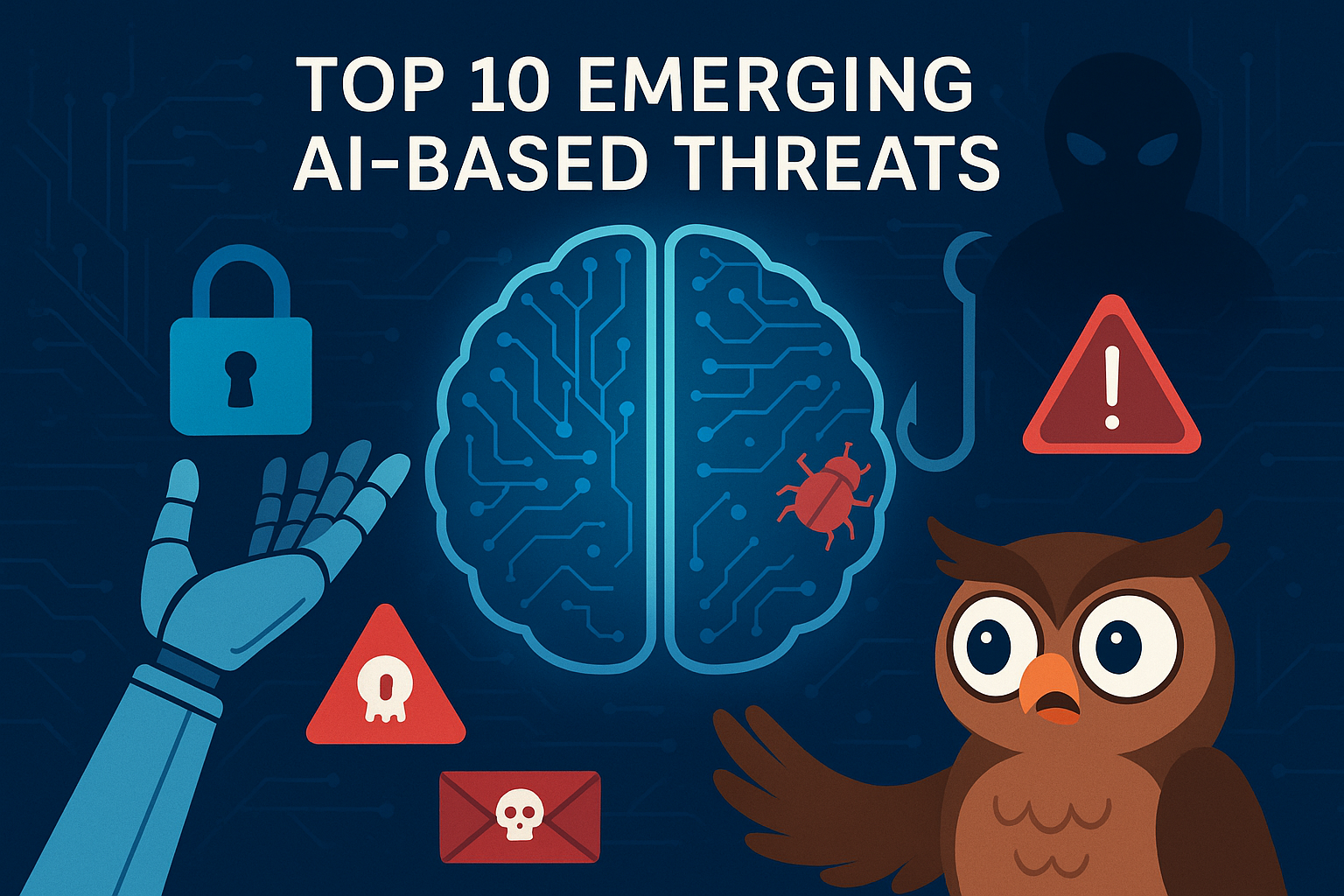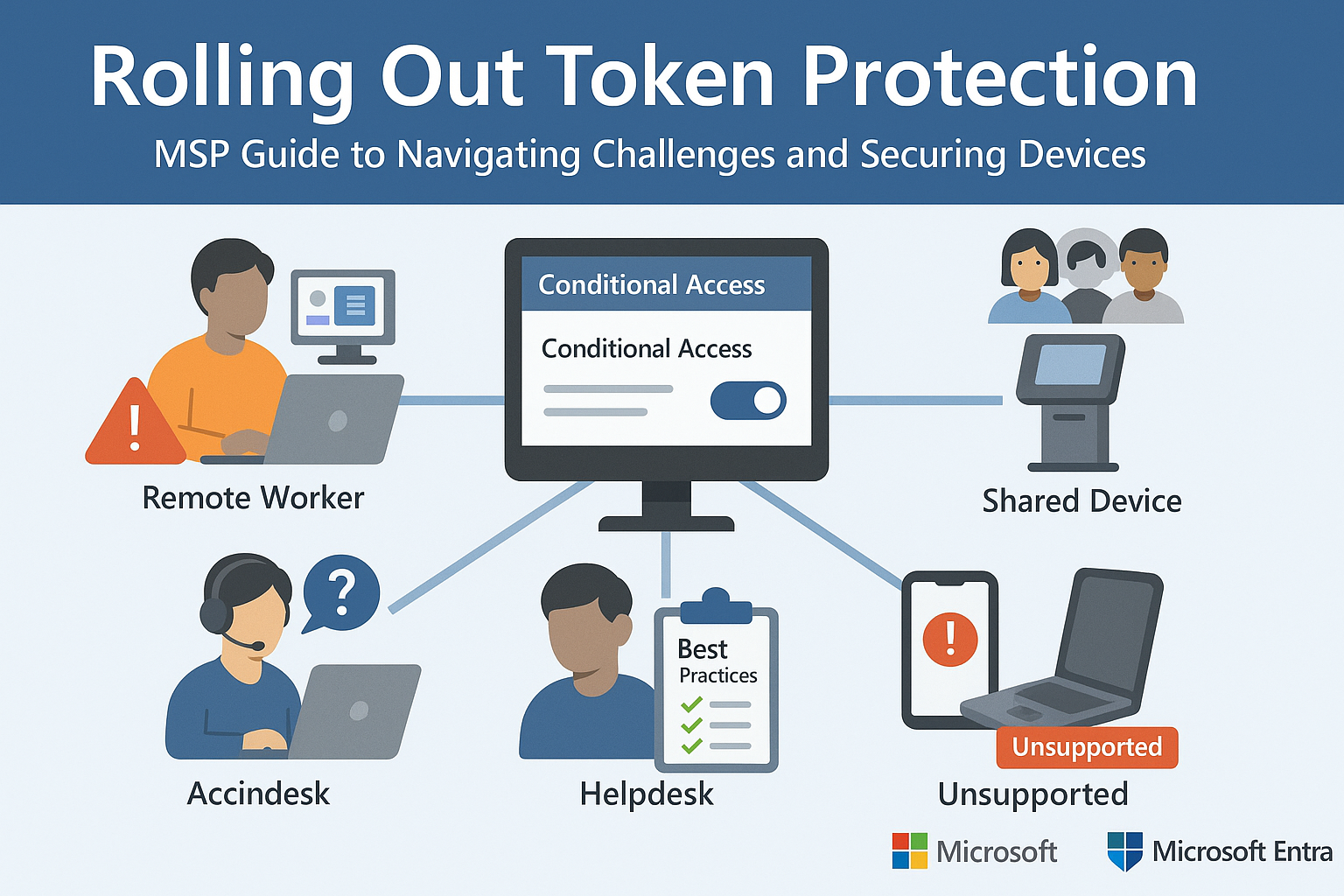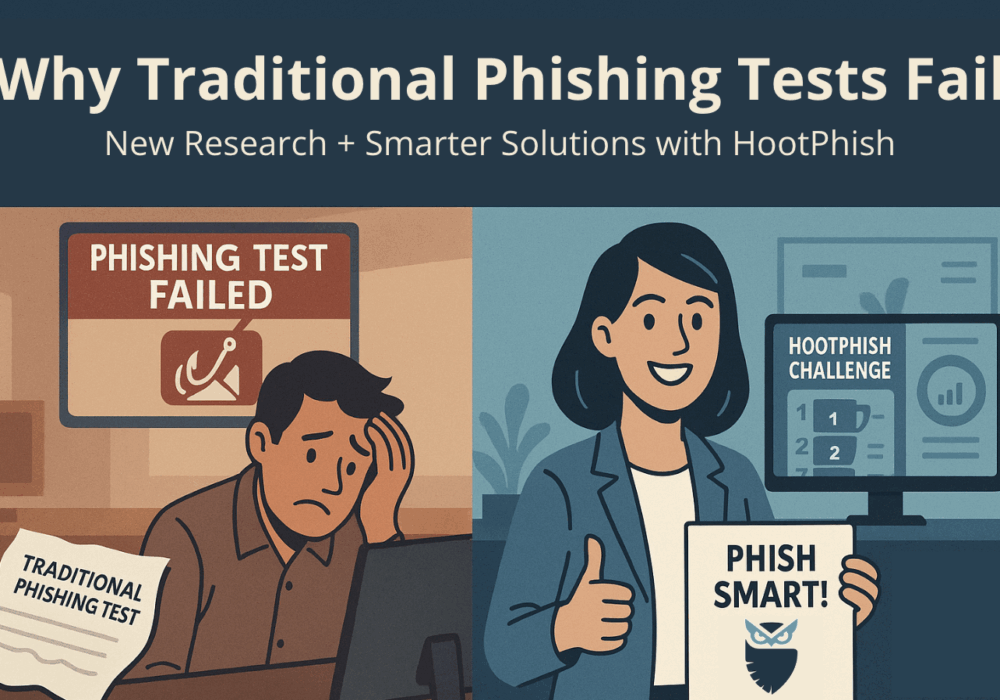
Cybersecurity remains a top concern for businesses and individuals alike. With each year passing, new technologies emerge to protect you from cyberattacks. But cybercriminals tend to adapt to these new technologies, allowing them to create more sophisticated ways to target your vulnerabilities. Hence, you should always be on the lookout for how best you can protect yourself from such threats.
By embracing digital transformation in different aspects of your daily life, you may introduce new vulnerabilities to such threats. To keep yourself safe from potential attacks, you must familiarize yourself with the latest cybersecurity trends from 2022. This will give you ideas on how to improve your current cybersecurity program strategy, training. and infrastructure.
With that, here are some of the top trends in cybersecurity this 2022 and beyond.
The frequency of cyberattacks isn’t just increasing. They are becoming even more aggressive and sophisticated as well. Some attacks appear harmless to trick you into letting your guards down, while others involved ever more sophisticated malware or ransomware. Either way, when you fall into their trap, things can get out of control really quickly. This won’t just affect a few individuals but can affect an entire company. In fact, it can even affect an entire country.
A nasty example is the recent Ukrainian Distributed Denial Service (DDoS) attack. This recent cyberattack affected core entities such as Ukraine’s Armed Forces, Ministry of Defense, and their largest commercial banks. It prevented millions of users from accessing their websites, bank accounts, and anything related to those websites. While the incident resulted in minimal damages, it just shows how extensive and aggressive these cyberattacks can get. As a result, this serves as a warning for organizations that cybersecurity must be taken seriously. They need to take major steps to strengthen their security program to protect themselves from such threats.
Digital transformation is now deeply intertwined with many business operations. Most organizations use multiple digital solutions for critical business processes. With the rise of remote work, more are joining the race towards online cloud-based service adoption, often referred to as digital transformation, or “digitalization” for short.
However, the increase in digitization brings new challenges and threats for many businesses—both big and small. This is especially true for those who rely on cloud-based technology. By connecting to the internet, you become even more vulnerable to potential breaches and attacks. Not to mention, your remote workers become the prime target for many hackers, fraudsters, and phishers. Hence, it is important that you reevaluate your current cybersecurity infrastructure, program development, and awareness training to ensure you cover all bases.
According to PwC, 69% of organizations plan to increase their spending on their cybersecurity program. They would invest in more advanced security tools to strengthen their current measures and develop robust security strategies that can withstand new and sophisticated cyberattacks.
The demand for cloud technology rose to $178 billion last year, which is 37% more than the year before. This upward trend will continue in the next few years as more businesses invest in the cloud for their business operations.
With such high demand, cybercriminals will keep their eyes on the cloud. Meaning, most of their attacks will be targeted at the vulnerabilities of your cloud-based solutions like video conferencing software, enterprise resource planning (ERP) software, and customer relationship management (CRM) systems. Hence, security measures within your cloud applications need to be continuously monitored and updated to prevent data breaches or leaks. Additionally, user and license management are becoming increasingly important as well.
Fortunately, cloud applications have their own built-in security features to protect users like you. Nonetheless, most vulnerabilities can be found on the user end in the form of malicious software and phishing attacks. So you must also tighten your own cloud security to avoid potential issues in the future.
Not all cyber threats come from outside. It can also come from the inside—specifically from your own employees. Humans are most often your weakest line of defense against cyberattacks. Whether intentionally or unintentionally, they can cause data breaches or full system compromises within an organization.
For example, one of your workers accidentally sent a file containing sensitive data to someone else due to a typographical error in the recipient’s email. On the other hand, an employee could deliberately disclose your security measures to someone else in exchange for financial gain.
This is a growing concern among organizations, especially those with a recent rise in remote workers. Employees often have access to critical or sensitive business data such as your security practices, customer and employee data, and financial records. Hence, it is important that you tighten internal security , educate your employees on the consequences of such breaches, and step up monitoring and discovery tools to identify accidental mistakes or purposeful actions. Moreover, establish processes and responsibilities on how to manage cybersecurity incidents properly so that employees know what to do, and you follow a consistent, repeatable process will ensure the best outcomes under difficult circumstances.

You can never be too careful when it comes to cybersecurity. In fact, almost all applications, platforms, and cloud services require users to turn on authentication and often multi-factor authentication measures for their logins. This adds extra layers of protection from unauthorized access to your data and digital identities.
Hence, one of the most popular data security trends this year is the implementation of the zero-trust approach. This involves a security framework requiring users to be authenticated, authorized, and continuously validated for security configuration and posture before being granted access to applications and data. It combines advanced technologies such as identity protection, multi-factor authentication, and endpoint security to verify systems and users. It assumes that no endpoint can be trusted, so requires constant authentication for each digital resource accessed.
Artificial intelligence is more common and accessible today than ever before. According to the World Economic Forum, 48% of cybersecurity leaders believe that machine learning and automation will have the greatest influence on transforming cybersecurity in the next two years. In fact, many security tools now leverage AI and machine learning to help you monitor and track potential threats to your applications and data. It gives you real-time visibility of your cybersecurity infrastructure and offers an in-depth analysis of the data gathered from there.
Leveraging AI-powered security tools allow you to be more proactive and preventive with your approach to cybersecurity instead of reactive. It can accurately alert you of potential risks so that you can easily contain and deal with them before it causes more trouble.
Navigating the complexities of modern digital environments can be tough. Couple this with the impending threats of more frequent and sophisticated cyberattacks and many companies realize that they need outside help. So instead of relying on your own security tools and resources, consider outsourcing your cybersecurity to third-party service providers. Hence, security-as-a-service solutions will become more in demand in the coming years.
Security-as-a-service (SaaS) solutions are often provided by managed services providers (MSPs) or managed security services providers (MSSPs). MSPs and MSSPs provide you with a larger team of technology experts with in-depth and up-to-date cybersecurity awareness training. This ensures that you work with the latest security tools available and have the best people working for you.
Establishing a risk management framework by examining your digital processes (technical, administrative, and even physical) using a cybersecurity professional (often referred to as a virtual Chief Information Security Officer or vCISO) can ensure you are spending your limited budget and time on the most important risk mitigation activities.
And while these outside service providers do the heavy lifting, you can focus on what’s more important for your organization.
In the digital age, it is important to know these security trends. Almost all aspects of everyday life are affected by digital technology, leaving everyone even more vulnerable to cyberattacks. The consequences can easily extend outside cyberspace and impact real life. So by learning about the latest security trends, you have an idea of how best to protect yourself from such threats. Keep your guard up and invest in the right cybersecurity tools, strategy, and external help to give yourself the best chance of success.
Co-Authored by Craig Taylor of CyberHoot
Source: CompareCamp
Discover and share the latest cybersecurity trends, tips and best practices – alongside new threats to watch out for.

Artificial Intelligence (AI) is transforming productivity and efficiency, but it’s also arming cybercriminals...
Read more
Part 2 of Our Microsoft Entra Security Series In Part 1, we explored how Microsoft’s Token Protection...
Read more
For years, organizations have relied on fake email phishing simulations to measure employee resilience to...
Read moreGet sharper eyes on human risks, with the positive approach that beats traditional phish testing.
